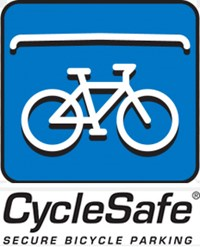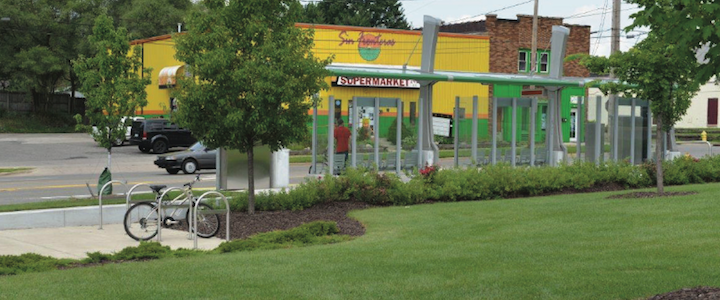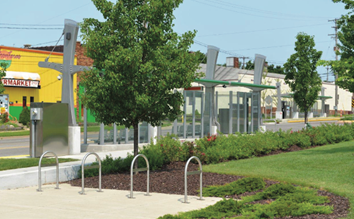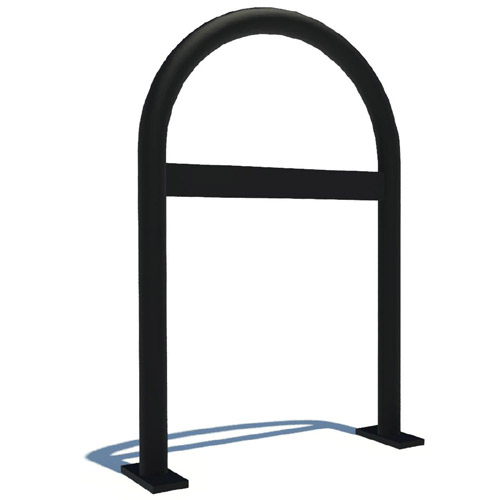Grand Rapids Bus Rapid Transit Line
Grand Rapids, MI, USA
Project Details
- Architect
- URS Corporation
- Location
- Grand Rapids, MI, USA
A quality transportation system is a vital component to building a vibrant and successful community. Investment in mass transit becomes even more important for cities as more people are living and working in urban areas. For mid-sized cities like Grand Rapids, MI, developing a well connected and highly used bus system is key to a successful urban renewal effort.
In 2011 the voters of Grand Rapids approved a millage for the local operation of the Silver Line, a 9.1mile Bus Rapid Transit (BRT) line, the rest of its type in the state. The planning for this route began a decade before the successful passage of the plan making the vote an important victory for mass transportation advocates. Construction began in the fall of 2013 and service is scheduled to begin in August 2014.
The Division Avenue BRT line will connect the cities of Grand Rapids, Kentwood and Wyoming together to help link the downtown core to regional employment centers, educational campuses and medical facilities. BRT systems have been utilized successfully in cities around the world and provide a fast, convenient travel option for riders. They also help to stimulate economic development along the service lines.
A BRT system is designed to travel as fast as a light rail system, but at a fraction of the construction cost. The goal is to remove barriers inherent in a traditional bus line by employing a variety of technological and operational improvements. Some of the main components include pre-paid fare, level boarding, traf c signal priority and semi-exclusive lanes during rush hour.
The Silver Line will connect with The Rapid’s Central Station, the rest LEED Certified public transportation facility in the United States. The route will have a total of 33 stainless stations along the route, with many inbound and outbound stops across the street from each other. Amenities include level boarding, covered seating, real-time arrival information of the next bus, 24/7 surveillance, sidewalk snow melt systems and bicycle parking.
During the mid-2000s, as The Rapid was experiencing an increase in ridership, biking also began to take off in Grand Rapids. After the city released their first Bike Grand Rapids Map in 2008 an even more significant increase in city biking was occurring. It was clear that the relationship between biking and taking the bus was very strong.
CycleSafe happily participated in this biking revolution, and bike racks and lockers can be found at various locations throughout the city, including at The Rapid Central Station. Additionally, the Silver Line project has purchased multiple stainless steel U/2 bicycle racks from CycleSafe for each of the stations.
These U/2 Bike Racks are inverted U Racks that accommodate two bicycles each, securing the wheel and frame. This design increases the stability of the bike, and helps to prevent bikes from colliding with one another. It is an efficient design that results in more bikes being parked in less space when compared to “wave type” racks. The Architect specified the U/2 Rack with the crossbar for added security, which eliminates a cyclist lock from being forced down to the ground and cut with bolt cutters. It is also a safer design for heavily trafficked pedestrian areas such as the ones at The Rapid BRT stations.
These racks also offer leading technology with heavy gauge 1-1/2” Schd. 40 steel pipe with a buffed stainless steel, making them durable enough to withstand urban environments, an important feature in a four-season city.
It is apparent that biking is steadily growing as a form of transportation for many residents in Grand Rapids. CycleSafe is proud to be working with the City to help expand the number of bicycle parking available at new and future transit locations.





